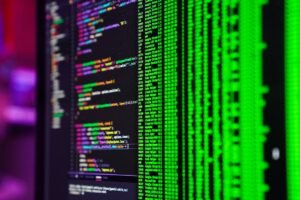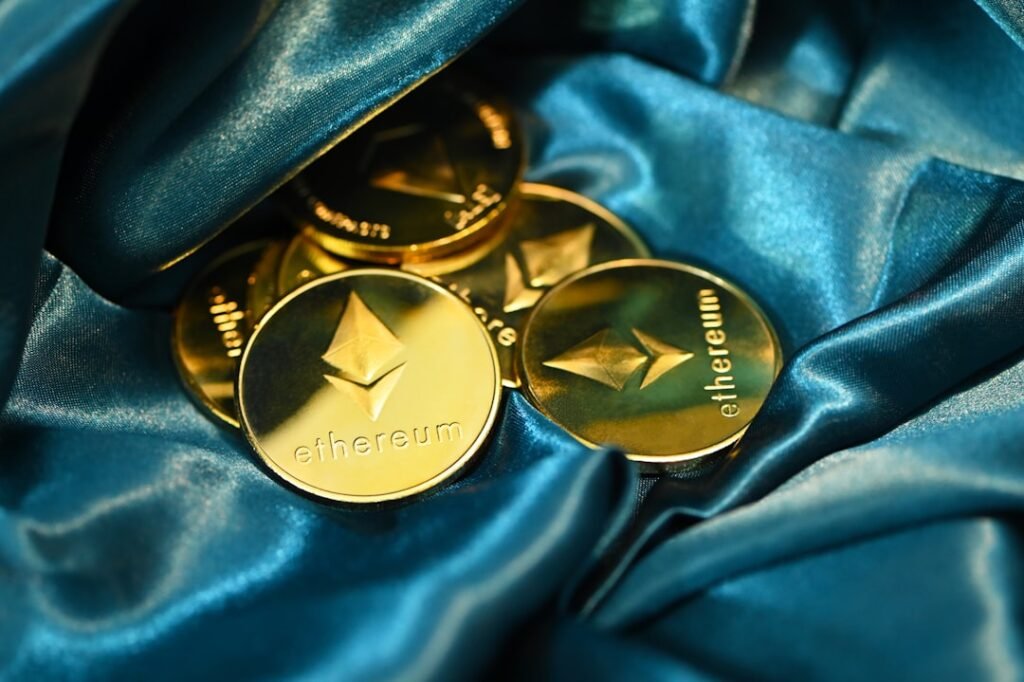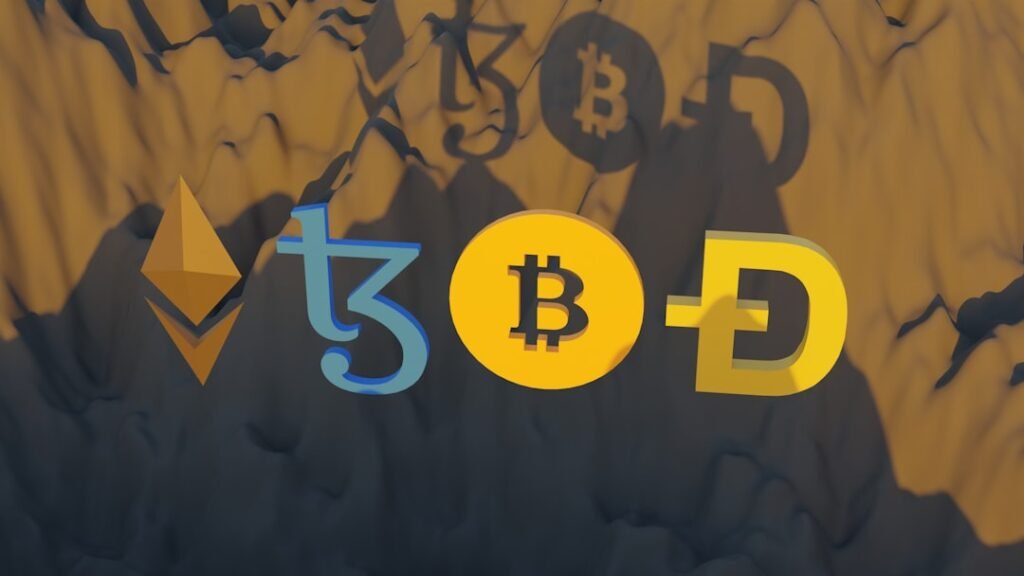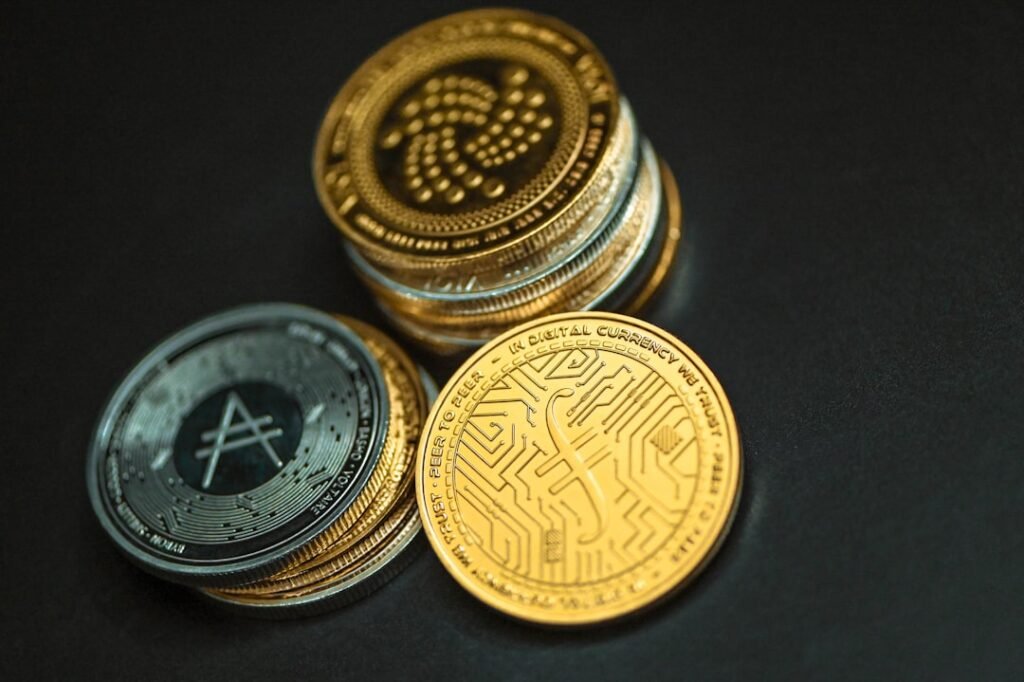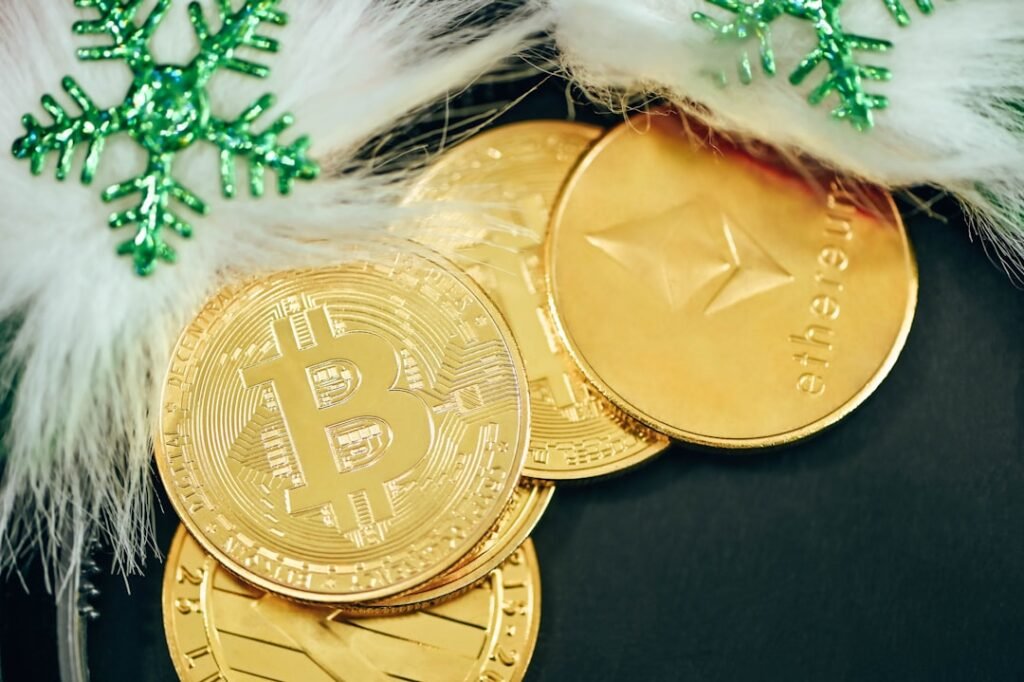Decentralized Finance Revolution: Unpacking the Powerhouses of DeFi – Uniswap, Aave, and MakerDAO
The financial landscape is undergoing a seismic shift. The rise of Decentralized Finance (DeFi) represents a fundamental revolution, challenging traditional banking and financial services by offering open, transparent, and permissionless alternatives built directly on blockchain technology. At the heart of this transformation lie core protocols like Uniswap, Aave, and MakerDAO. These platforms are not just applications; they are the foundational infrastructure reshaping how we borrow, lend, trade, and store value. Understanding their unique roles, functionalities, and interplay is crucial for navigating the future of finance.
DeFi: Core Principles Redefining Finance
DeFi leverages blockchain technology to provide financial services—lending, borrowing, trading, saving—without centralized intermediaries like banks or brokers. Its core principles set it apart:
- 權力下放: Eliminates reliance on central authorities. Governance is often managed collectively by token holders through smart contracts, reducing single points of failure and censorship.
- Transparency: All transactions and smart contract operations are recorded on public blockchains (like Ethereum), visible and verifiable by anyone. Open-source code allows for community audits.
- 安全性: Utilizes cryptographic principles and the immutability of blockchain to safeguard interactions. Smart contracts execute automatically based on predefined rules. (Note: Security risks like smart contract vulnerabilities remain a critical challenge).
- Open Access & Financial Inclusion: Anyone with an internet connection and a digital wallet can access DeFi services, bypassing traditional banking infrastructure barriers faced by billions globally.
- Interoperability (Composability): DeFi protocols are designed to work together seamlessly ("money Legos"). Assets and services can be combined across different platforms, enabling complex financial strategies and rapid innovation.
- Smart Contracts & Automation: Self-executing contracts automate financial transactions (e.g., collateralization, liquidation), increasing efficiency and reducing reliance on manual processes.
- Asset Tokenization: Enables real-world assets (e.g., real estate, commodities) to be represented and traded digitally on decentralized platforms.
The Growing Importance of DeFi in the Global Ecosystem
DeFi's impact extends far beyond cryptocurrency enthusiasts:
- 金融包容性: Offers global access to financial services for the unbanked and underbanked, requiring only internet access.
- Reduced Costs & Intermediaries: Eliminates middlemen (banks, brokers), significantly lowering transaction fees (especially cross-border) and speeding up settlement times.
- Trust Through Transparency: The open ledger and automated execution via smart contracts foster trust by removing the need to rely solely on opaque centralized institutions.
- 24/7 Efficiency: Operates continuously, free from traditional banking hours or geographical limitations.
- Innovation in Financial Products: Enables novel instruments like decentralized exchanges (DEXs), yield farming, flash loans, and synthetic assets, creating more dynamic and accessible markets.
- Censorship Resistance: Less vulnerable to government intervention or centralized control, appealing in regions with unstable financial systems or authoritarian regimes.
- Enhanced Market Efficiency: Automated Market Makers (AMMs) like Uniswap improve liquidity and price discovery, leading to fairer pricing with less slippage.
Deep Dive: The Pillars of DeFi – Uniswap, Aave, MakerDAO
-
Uniswap: The Liquidity Engine & Trading Hub
- 功能: Leading Decentralized Exchange (DEX) enabling permissionless token swaps directly from user wallets via its Automated Market Maker (AMM) model. Replaces traditional order books with liquidity pools.
- Core Mechanics:
- Liquidity Pools: Users (Liquidity Providers – LPs) deposit pairs of tokens (e.g., ETH/USDT) into pools.
- Algorithmic Pricing: Token prices are determined algorithmically based on the ratio of tokens within a pool.
- Fee Generation: Traders pay a fee for swaps; fees are distributed proportionally to LPs in the pool.
- Key Innovations: Permissionless token listing, user-friendly interface, deep liquidity for popular tokens.
- Strengths: High liquidity, decentralized operation, seamless integration with wallets/dApps, Layer 2 scaling (Arbitrum, Optimism, Polygon).
- Weaknesses: Impermanent loss risk for LPs, high Ethereum mainnet gas fees, potential Miner Extractable Value (MEV) exposure, slippage in low-liquidity pools.
- Market Impact: Dominant DEX by volume, critical for on-chain price discovery, primary launchpad for new tokens, deeply integrated into wallets and DeFi infrastructure.
-
Aave: The Decentralized Capital Markets Leader
- 功能: Premier decentralized lending and borrowing protocol. Users supply assets to earn interest; borrowers take out loans by providing overcollateralization.
- Core Mechanics & Innovations:
- Dynamic Interest Rates: Rates adjust algorithmically based on supply and demand for each asset.
- Flash Loans: Revolutionary feature allowing uncollateralized loans that must be borrowed and repaid within a single blockchain transaction block. Enables arbitrage, refinancing, and complex strategies.
- Rate Switching: Borrowers can switch between stable and variable interest rates.
- Safety Module: AAVE token staking provides a backstop for shortfall events.
- Strengths: Highly liquid markets, innovative products (flash loans), robust risk mitigation tools, multi-chain deployment (Polygon, Avalanche, etc.), institutional gateway (Aave Arc).
- Weaknesses: Complexity for beginners, liquidation risk if collateral value drops, governance concentration among large AAVE holders, inherent smart contract risk.
- Market Impact: Top lending protocol by Total Value Locked (TVL), pioneered flash loans (now widely adopted), actively bridging DeFi with institutional finance.
-
MakerDAO: The Stability Anchor & Decentralized Central Bank
- 功能: Decentralized Autonomous Organization (DAO) governing the DAI stablecoin, soft-pegged to the US Dollar. Core to DeFi's stability.
- Core Mechanics:
- Collateralized Debt Positions (CDPs – Vaults): Users lock collateral (e.g., ETH, WBTC, real-world assets) to generate DAI.
- DAI Stability Mechanisms: Uses a dynamic system including the DAI Savings Rate (DSR – earn yield on DAI), Peg Stability Module (PSM), and liquidation mechanisms to maintain the peg.
- 治理: MKR token holders vote on critical protocol parameters (collateral types, stability fees, risk management).
- Key Innovations: First major decentralized, crypto-collateralized stablecoin, pioneering DAO governance model.
- Strengths: Stability of DAI (vital DeFi primitive), decentralized governance, diversification into real-world assets (RWAs), low volatility compared to other cryptos.
- Weaknesses: Complexity of vault management and governance, reliance on Ethereum performance/costs, governance participation challenges, exposure to centralized collateral (e.g., USDC) affecting censorship resistance.
- Market Impact: DAI is a foundational stablecoin used universally across DeFi (lending, trading, collateral), sets standards for decentralized governance and stablecoin design, actively integrating TradFi via RWAs.
Comparative Analysis: Core Features
| 特點 | Uniswap | Aave | MakerDAO |
|---|---|---|---|
| Primary Function | Decentralized Token Exchange | Lending & Borrowing | Stablecoin Issuance (DAI) |
| Core Mechanism | 自動莊家 (AMM) | Liquidity Pools & Collateralized Loans | Collateralized Debt Positions (CDPs) |
| Supported Assets | Multiple ERC-20 tokens | Multiple crypto assets (ETH, USDC etc.) | Primarily ETH, WBTC, USDC, RWAs |
| Revenue Model | Swap fees shared with LPs | Interest spread between lenders/borrowers | Stability fees, liquidation penalties |
| Target Users | Traders, Liquidity Providers | Lenders, Borrowers, Developers | Vault Owners, DAI Holders |
| User Incentives | Trading fees for LPs | Interest earnings; Flash loan fees | DAI Savings Rate (DSR) for holders |
| Accessibility | Very high; no registration needed | High; some risk understanding required | Moderate; requires knowledge of CDPs |
| Governance | Token-based (UNI holders) | Token-based (AAVE holders) | Token-based (MKR holders) |
| Governance Scope | Protocol upgrades, fee changes | Risk parameters, new assets | Collateral types, risk, DSR |
| Security Focus | Audits | Audits + Safety Module | Audits + Governance |
| Key Risks | Impermanent Loss, MEV | Liquidation risk, rate volatility | Collateral volatility, peg pressure |
Synergy and Ecosystem Impact: The Power of Composability
These protocols are deeply interconnected, forming the backbone of the DeFi ecosystem:
- Uniswap + MakerDAO: DAI is a top-traded stablecoin on Uniswap, providing deep liquidity. Uniswap pools are often used for oracle pricing.
- Aave + MakerDAO: Users frequently borrow DAI from Aave for various DeFi strategies or deposit DAI to earn yield, reinforcing utility for both.
- Uniswap + Aave: Price arbitrage opportunities between Aave's lending rates and Uniswap's spot prices help balance the ecosystem.
- Composability ("Money Legos"): The true power of DeFi lies in combining these protocols. For example: Borrowing DAI from Aave against ETH collateral -> Using DAI to provide liquidity in a Uniswap pool -> Staking the LP tokens in a yield aggregator like Yearn Finance. This seamless interoperability enables sophisticated strategies and rapid innovation.
Their collective impact shapes regulatory discourse (e.g., Aave Arc, MakerDAO's RWA integration), sets new transparency standards, and forces traditional finance to reconsider its models.
Real-World Use Case Scenarios
- Uniswap:
- Token Swap: A user instantly buys a newly launched token unavailable on centralized exchanges using their wallet.
- Liquidity Provision: A user deposits equal value of ETH and USDC into a pool, earning a share of trading fees.
- Aave:
- Borrowing Against Assets: An ETH holder needs cash but doesn't want to sell; they deposit ETH as collateral and borrow stablecoins like USDC.
- Earning Yield: A user deposits idle USDC into a lending pool, earning variable interest automatically.
- Flash Loan Arbitrage: A developer borrows uncollateralized funds via flash loan, exploits a price difference between exchanges within one block, repays the loan, and keeps the profit.
- MakerDAO:
- Minting DAI for DeFi: A trader locks ETH in a Vault to mint DAI, which is then used for trading or investing elsewhere while retaining ETH exposure.
- Hedging Volatility: A DAO converts part of its volatile ETH treasury into stable DAI to ensure predictable operational funding.
- Earning via DSR: A user deposits DAI into the DAI Savings Rate contract to earn passive, low-risk yield.
- Cross-Protocol (Composability):
- Yield Farming Strategy: Deposit ETH on Aave -> Borrow DAI -> Supply DAI to a Uniswap liquidity pool -> Stake LP tokens on Yearn Finance for optimized returns. Earns yield from multiple layers.
- DAO Treasury Mgmt: Convert treasury funds to DAI via MakerDAO -> Lend DAI on Aave for interest -> Use Uniswap for rebalancing allocations. Manages risk and yield transparently.
Balanced View: Strengths and Weaknesses
- Uniswap: Excels in liquidity access and user-friendly trading but faces challenges with impermanent loss and Ethereum gas fees.
- Aave: Leads in capital markets innovation with flexible lending/borrowing and flash loans, but complexity and liquidation risks are barriers, and governance centralization is a concern.
- MakerDAO: Provides critical stability through DAI and robust decentralized governance but struggles with complexity, maintaining the peg under stress, and exposure to centralized collateral.
Conclusion: Building the Future of Finance, Brick by Brick
Uniswap, Aave, and MakerDAO are not merely applications; they are fundamental protocols laying the groundwork for a new financial paradigm. Each excels in its domain: Uniswap democratizes trading, Aave revolutionizes lending and unlocks novel strategies, and MakerDAO delivers essential stability through decentralized governance. Their composability fosters an ecosystem far greater than the sum of its parts, enabling unprecedented financial innovation and inclusivity.
While challenges persist—smart contract risk, governance centralization, capital inefficiency, scalability, and regulatory uncertainty—the trajectory is clear. These protocols represent the core "primitives" upon which the future of open, transparent, and accessible finance is being built. As DeFi matures, addressing its limitations while leveraging its core strengths, the influence of foundational platforms like Uniswap, Aave, and MakerDAO will remain pivotal in reshaping the global financial landscape for generations to come. The revolution is decentralized, permissionless, and already underway.

